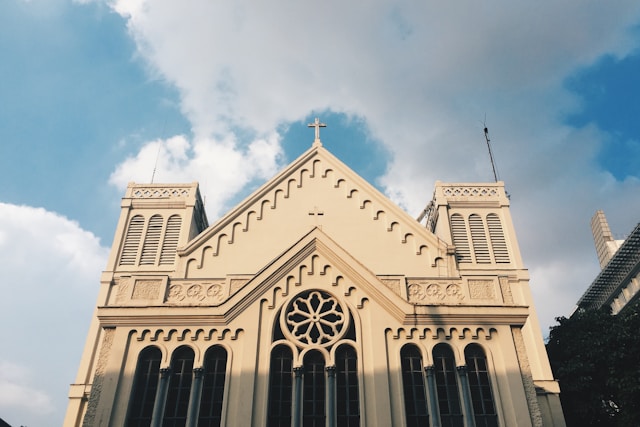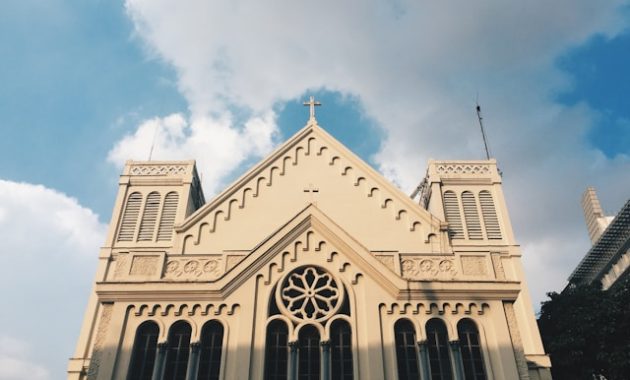
Nestled at the heart of Manila, Intramuros stands as a living testament to the Philippines’ colonial history. This walled city, built during the Spanish colonial period, offers a glimpse into the past with its cobblestone streets, historic structures, and fortifications that have withstood centuries. A visit to Intramuros is like stepping back in time, with every corner telling a story of a bygone era.
The Origins of Intramuros
Intramuros, which translates to “within the walls” in Spanish, was founded in 1571 by the Spanish conquistador Miguel López de Legazpi. It served as the seat of the Spanish colonial government and became the center of religious, political, and military power in the Philippines. The strategic location along the shores of Manila Bay made it an ideal spot for fortifications, ensuring that the city was protected from both land and sea attacks.
The walls of Intramuros, which span about 4.5 kilometers, were constructed to shield the city from foreign invasions, particularly from pirates and other colonial powers. The moats, bastions, and gates that surrounded the city were vital elements in its defense system, making it one of the most fortified areas in Southeast Asia during the Spanish rule.
Fort Santiago: The Guardian of the Walled City
One of the most iconic landmarks in Intramuros is Fort Santiago, a citadel built by the Spanish government in 1593. As the main military headquarters, it played a crucial role in defending Manila from both local and foreign threats. Today, Fort Santiago is a popular tourist destination, offering visitors a chance to explore its well-preserved ruins, gardens, and dungeons.
Rizal Shrine, located within Fort Santiago, is dedicated to Dr. José Rizal, the national hero of the Philippines. Rizal was imprisoned here before his execution in 1896. The shrine houses some of his personal artifacts, manuscripts, and a recreated prison cell, allowing visitors to reflect on his contributions to the country’s independence movement.
San Agustin Church: A UNESCO World Heritage Site
A visit to Intramuros would not be complete without exploring the San Agustin Church, the oldest stone church in the Philippines and a designated UNESCO World Heritage Site. Built in 1607, this Baroque-style church has survived numerous earthquakes, fires, and wars, making it one of the most resilient structures in the city.
The interior of San Agustin Church boasts intricate details, from its beautifully painted ceiling to its ornate altars and chapels. The adjacent San Agustin Museum offers a collection of religious artifacts, paintings, and historical items that showcase the rich history of the church and the surrounding area.
Manila Cathedral: The Heart of Catholicism in the Philippines

The Manila Cathedral, officially known as the Cathedral-Basilica of the Immaculate Conception, is another prominent religious site within Intramuros. First constructed in 1581, the cathedral has undergone several reconstructions due to damage from earthquakes and wars. The current structure, which was completed in 1958, stands as a symbol of the resilience and faith of the Filipino people.
The cathedral is not only a place of worship but also a venue for significant religious and state events, such as papal visits and national celebrations. Its grand architecture, towering bell towers, and stunning stained glass windows make it a must-see destination for anyone visiting Intramuros.
The Cultural and Historical Significance of Intramuros
Intramuros is not just a collection of old buildings and walls; it is a cultural and historical treasure that reflects the blending of Spanish, Filipino, and Chinese influences. The city’s layout, architecture, and urban planning were heavily influenced by European designs, while the people who lived and worked within its walls brought in their own local traditions and customs.
Throughout the centuries, Intramuros witnessed many significant events in Philippine history, from the Spanish-American War to the Japanese occupation during World War II. Many of its buildings were damaged or destroyed during the Battle of Manila in 1945, but restoration efforts in the post-war years have helped preserve the walled city’s historical integrity.
Today, Intramuros serves as an important symbol of the Philippines’ colonial past and its journey toward independence. Walking through its streets is like experiencing a living museum, where history comes to life at every turn.
Exploring Intramuros on Foot or by Calesa
One of the best ways to explore Intramuros is by walking or riding a traditional calesa, a horse-drawn carriage that was commonly used during the Spanish colonial period. Walking tours are available, and they typically cover the main historical sites, including Casa Manila, Plaza de Roma, and the Baluarte de San Diego.
For those who prefer a more leisurely experience, the calesa ride offers a unique way to experience the charm of Intramuros. As the carriage winds through the narrow streets, visitors can take in the sights and sounds of the city, from the bustling markets to the tranquil courtyards hidden behind centuries-old walls.
Educational and Cultural Events in Intramuros
Intramuros is not only a destination for tourists but also a hub for educational and cultural activities. The Intramuros Administration regularly hosts events such as historical reenactments, art exhibits, and cultural performances to promote awareness and appreciation of the city’s heritage.
Visitors can also explore the Museo de Intramuros, which houses a vast collection of religious art, colonial artifacts, and historical displays that provide deeper insights into the city’s past. These cultural events and exhibitions offer a comprehensive understanding of Intramuros and its role in shaping the identity of the Philippines.
Dining and Shopping in Intramuros
After a day of exploring, visitors can enjoy a meal at one of the many restaurants and cafés scattered throughout the walled city. Intramuros offers a variety of dining options, from traditional Filipino fare to Spanish-inspired dishes that reflect the city’s colonial past. Popular spots include Barbara’s Heritage Restaurant, known for its buffet of Filipino-Spanish cuisine, and Ilustrado Restaurant, which offers fine dining in a historic setting.
For those interested in shopping, souvenir shops within Intramuros offer locally made handicrafts, artworks, and cultural items that make for unique gifts and mementos of the visit.
Preserving the Legacy of Intramuros
Efforts to preserve and restore Intramuros have been ongoing for decades. The Intramuros Administration, established in 1979, oversees the restoration and maintenance of the walled city, ensuring that its historical significance is not lost to time. Through their initiatives, Intramuros continues to thrive as a living monument to the Philippines’ rich cultural heritage.
As modernization sweeps across Manila, Intramuros remains a sanctuary where the past is honored and remembered. The preservation of this historic walled city is crucial in keeping alive the stories of the people, places, and events that shaped the Philippines.
Conclusion
Intramuros is more than just a historical site; it is a living testament to the resilience and rich cultural heritage of the Filipino people. Whether you’re a history enthusiast, a cultural explorer, or a casual visitor, Intramuros offers an unforgettable experience that connects you to the past while providing insights into the future.